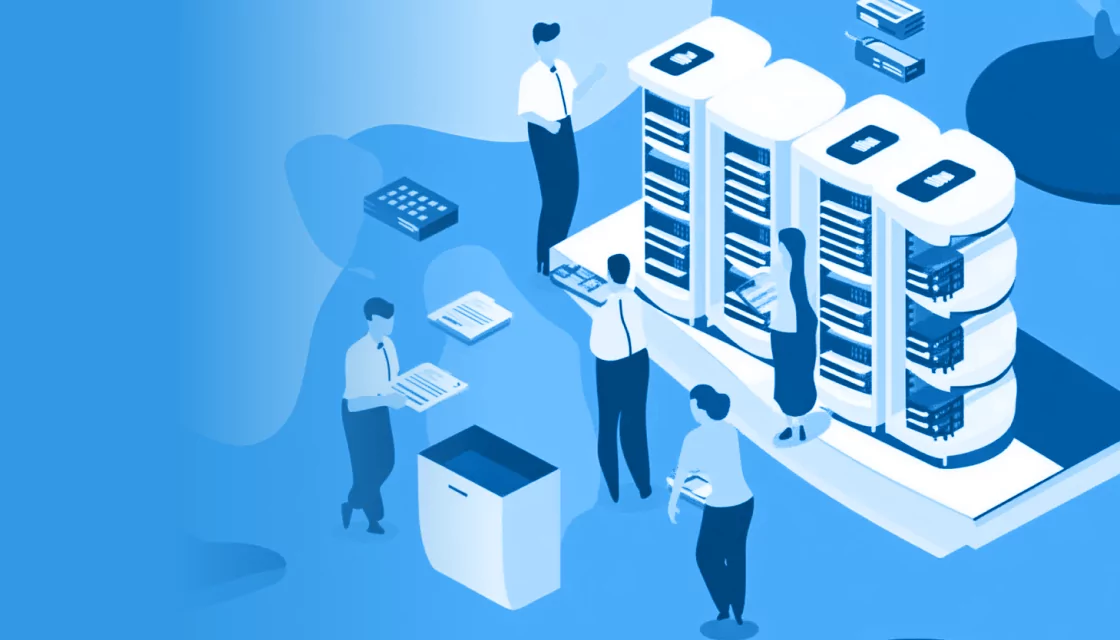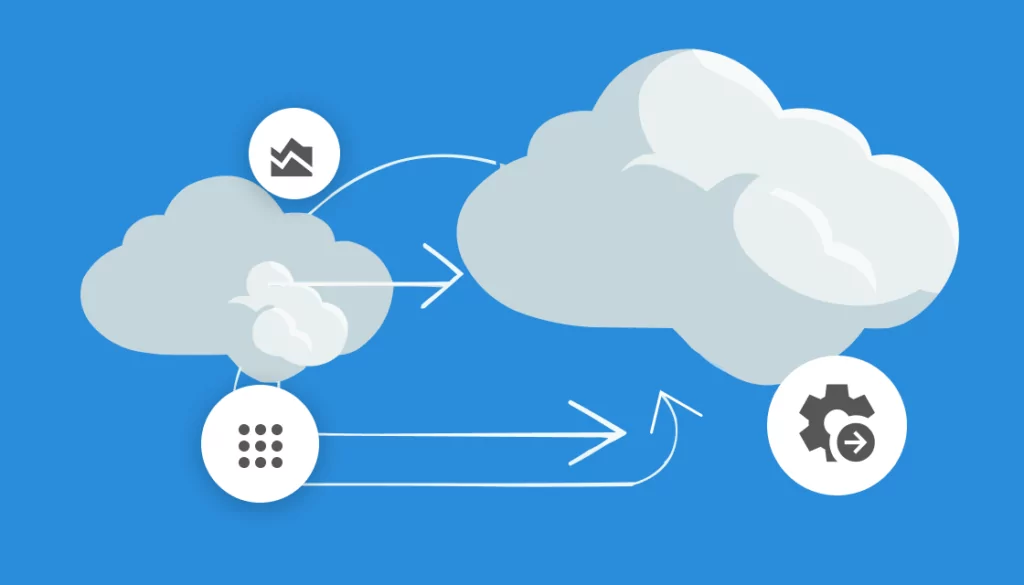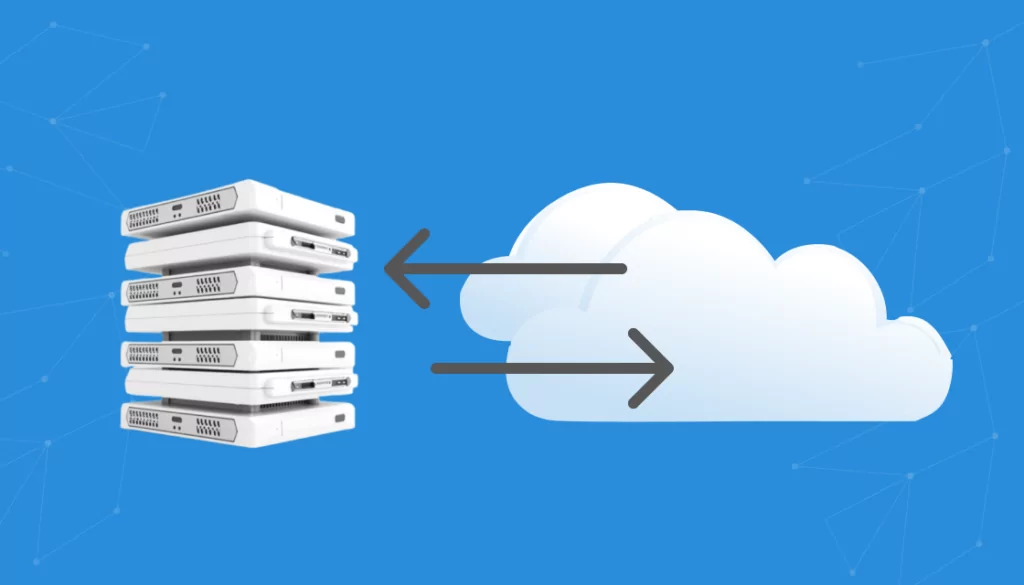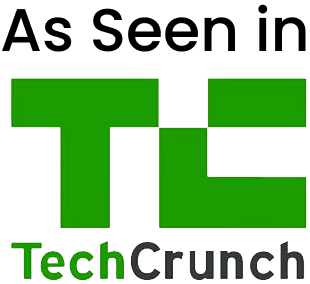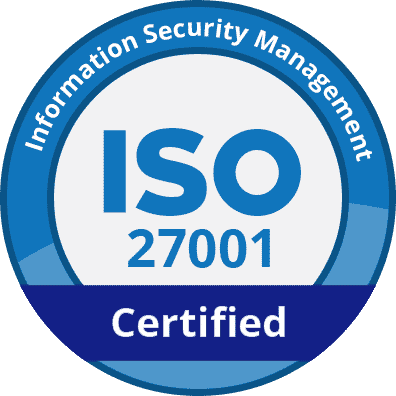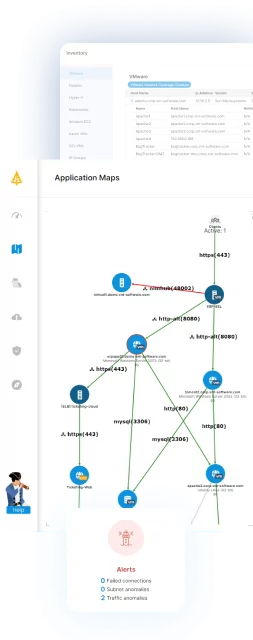What Is Data Center Infrastructure Management (DCIM)?
Data center infrastructure management (DCIM) covers tools and methodologies to monitor, measure, and manage data center resources. DCIM provides operators with an integrated view across various domains, ensuring better control over data center operations.
By centralizing monitoring processes, DCIM aids in the management of power consumption, cooling, and IT equipment performance, ultimately ensuring data center efficiency and reliability. The importance of DCIM extends to infrastructure planning, resource allocation, and operational management.
Integrating IT and facility management means DCIM bridges the gap between physical resource management and digital asset management. This integration is crucial for reducing operational costs, optimizing efficiency, and ensuring that the data center operates within its performance thresholds.
Table of Contents
ToggleKey Components of DCIM
The effectiveness of DCIM depends on several key components.
Asset Management
Asset management ensures that all data center assets are appropriately tracked, utilized, and maintained. It provides detailed insights into asset lifecycle—from acquisition to decommissioning—enabling strategic planning and operational efficiency. With accurate asset documentation, administrators can prevent overspending on unnecessary purchases.
Asset management also helps in identifying underused equipment, contributing to the creation of an efficient data center environment. By keeping a detailed inventory of all assets, data centers can avoid redundancy and improve resource allocation.
Capacity Planning
Capacity planning in DCIM is crucial for balancing demand with available resources, preventing bottlenecks and avoiding over-provisioning. It involves analyzing current capacity and forecasting future needs, ensuring sustainable growth. Effective capacity planning optimizes infrastructure usage, enabling data centers to meet expanding requirements without overshooting available capabilities.
Beyond resource management, capacity planning also aids in budgeting and capital expenditure. By understanding resource limits, administrators can better plan for upgrades and expansions. This foresight ensures that infrastructural investments are timely and efficient.
Environmental Monitoring
Environmental monitoring is critical for maintaining data center efficiency and prolonging equipment lifespan. It involves tracking temperature, humidity, and airflow levels to ensure optimal conditions for hardware operation. DCIM solutions offering environmental monitoring can swiftly identify deviations from defined norms, allowing swift remedial actions.
Defined thresholds help prevent overheating and equipment malfunctions, reducing downtime and prolonging hardware durability. Detailed environmental data supports cooling strategies, which can lead to significant energy savings.
Power Monitoring and Management
Power monitoring and management focus on optimizing energy consumption and ensuring uninterrupted power supply. By accurately assessing energy usage, DCIM solutions help data centers reduce costs and minimize environmental impact. These systems provide real-time data on power consumption, aiding in decisions to allocate load and manage power distribution.
DCIM power management includes implementing smart grids, utilizing redundant power supplies, and maximizing energy efficiency. Through structured power monitoring, data centers can achieve reliable performance, reduce energy wastage, and ensure long-term sustainability.
Network Connectivity Management
Network connectivity management helps ensure seamless data transfer and reduce latency. This component maintains a map of network assets, identifying potential choke points or failures within the network infrastructure. Effective management ensures resilient connectivity, vital for data integrity and speed.
By managing network cabling and monitoring bandwidth usage, data centers can prevent overloads, optimize paths, and maintain system uptime. Efficient network management improves overall infrastructure performance, ensuring that all data travels efficiently across channels.
This is part of a series of articles about Cloud Migration-FM
Pros of Implementing DCIM
A well-implemented DCIM solution delivers a range of benefits that significantly improve the performance, efficiency, and sustainability of data center operations:
- Improved resource utilization: DCIM provides detailed insights into asset usage, ensuring that resources are allocated efficiently. This prevents underutilization or overuse, optimizing operational performance and reducing waste.
- Reduced operational costs: By enabling precise monitoring of power, cooling, and other resources, DCIM helps minimize energy consumption and operational expenses. Efficient resource management translates to significant cost savings over time.
- Enhanced reliability and uptime: Real-time monitoring and predictive analytics enable proactive maintenance, reducing the risk of equipment failure and ensuring consistent service availability.
- Simplified infrastructure management: Centralized visibility and control simplify the management of complex data center environments. This integration simplifies workflows and reduces the effort needed to maintain operations.
- Scalability and future planning: With tools for capacity planning and forecasting, DCIM supports scaling of operations in response to growing demands. This ensures that data centers are prepared for future expansion without inefficiencies.
- Improved sustainability: DCIM solutions contribute to sustainability goals by identifying energy-saving opportunities and reducing the environmental footprint of data center operations.

Lanir specializes in founding new tech companies for Enterprise Software: Assemble and nurture a great team, Early stage funding to growth late stage, One design partner to hundreds of enterprise customers, MVP to Enterprise grade product, Low level kernel engineering to AI/ML and BigData, One advisory board to a long list of shareholders and board members of the worlds largest VCs
Tips from the Expert
Tips from the expert:
In my experience, here are tips that can help you better leverage DCIM for optimized data center operations:
- Implement predictive analytics for proactive maintenance: Use DCIM tools with predictive analytics capabilities to anticipate hardware failures and environmental anomalies. This allows for preemptive measures, minimizing downtime and extending asset longevity.
- Integrate DCIM with cloud-based platforms: Extend DCIM capabilities by integrating with cloud platforms to enable hybrid infrastructure monitoring. This approach supports seamless management of on-premises and cloud resources, ensuring unified visibility.
- Leverage AI-driven optimization for cooling: Use AI to dynamically adjust cooling systems based on real-time environmental data. This reduces energy consumption without compromising operational safety.
- Adopt modular DCIM solutions: Implement modular DCIM tools that allow for phased rollouts. This reduces upfront costs and complexity, enabling organizations to test and scale based on operational requirements.
- Establish dynamic energy baselines: Instead of static energy efficiency targets, create dynamic baselines that adjust according to workload changes, seasonal variations, and emerging trends. This ensures more accurate performance tracking and optimization.
Cons in Implementing DCIM
It should also be noted that there are several challenges associated with data center infrastructure management:
- Integration with existing systems: This can be a significant hurdle due to the complexity of modern data center infrastructure. Interoperability with legacy systems can be challenging, requiring customized solutions to ensure a seamless blend. This integration must preserve the functionality of critical systems while introducing new capabilities.
- High initial investment: Upfront costs for DCIM implementation can be substantial, encompassing software acquisition, training, and potential hardware upgrades. Organizations must weigh these costs against expected long-term benefits, such as operational savings and improved efficiency.
- Complexity of data migration: Migrating existing data to a new DCIM platform involves numerous challenges, including compatibility issues and data integrity risks. Ensuring all valuable data is transferred accurately requires meticulous planning and execution. This process may also uncover infrastructure weaknesses, requiring repairs or upgrades.
- Training and skill requirements: Adopting DCIM requires new skill sets for staff, as employees must be proficient in using the new system’s capabilities. Organizations typically have to implement training to equip teams with the necessary knowledge to operate DCIM tools.
5 Best Practices for Successful DCIM Deployment
Organizations can ensure more effective management of their data center infrastructure by implementing the following practices.
1. Define Clear Objectives and Goals
For a successful DCIM deployment, clearly defined objectives and goals are essential from the start. These goals guide the implementation process and ensure alignment with broader organizational strategies. Clearly articulated objectives provide direction and criteria for assessing DCIM’s performance.
Involving stakeholders in goal-setting improves the likelihood of achieving desired outcomes, enabling buy-in and support across the organization. Grounding DCIM implementation in well-defined objectives ensures that resources are allocated effectively.
2. Ensure Data Accuracy and Consistency
Accurate and consistent data collection is the foundation of effective DCIM. Inaccuracies can lead to flawed analyses and suboptimal decisions, potentially disrupting data center operations. Therefore, implementing rigorous data validation and sanitation processes is critical, guaranteeing the reliability of all collected information.
Regular audits and updates maintain data integrity, preventing discrepancies that could compromise DCIM’s effectiveness. By prioritizing data accuracy, organizations ensure that their DCIM systems provide the insights necessary for well-informed decision-making.
3. Foster Collaboration Between IT and Facilities Teams
Collaboration between IT and facilities teams is pivotal in deploying DCIM successfully. A unified approach enables comprehensive data center management, where both teams work towards shared objectives. Collaboration ensures optimal resource allocation, balancing technical and infrastructural needs.
Regular communication and joint planning sessions enable teams to integrate processes and derive maximum benefit from DCIM capabilities. By fostering a collaborative environment, organizations can bridge divides between departments and improve operational coalescence.
4. Plan for Scalability and Future Growth
Scalability is a critical consideration in DCIM deployment, preparing data centers for future growth and evolving technology landscapes. A flexible system accommodates scaling demands, allowing integration of additional resources as needed. Anticipating future needs ensures the system remains fit for purpose and cost-effective over time.
Planning for scalability requires engagement with stakeholders to understand potential growth trajectories and resource requirements. Strategic foresight prevents hastened expansions that strain infrastructure, ensuring consistent and reliable data center performance as business demands increase.
5. Regularly Review and Update DCIM Processes
To sustain their effectiveness, DCIM processes must be regularly reviewed and updated in response to evolving technological and organizational needs. Routine evaluations ensure that systems remain aligned with operational goals and adapt appropriately to changes in data center dynamics.
Regular assessments identify areas for improvement or innovation, allowing organizations to refine their processes continually. By remaining agile, data centers can maintain operational excellence and resilience, leveraging DCIM’s full capabilities to adapt to ongoing developments in the technology landscape.
Related content: Read our guide to data center migration
Faddom: Mapping Data Center Infrastructure
When it comes to managing data center infrastructure, Faddom stands out as a focused and practical solution tailored to your needs. Unlike traditional DCIM tools that rely on agents or disruptive scanning, Faddom delivers a fast, agentless mapping experience, giving you clear insights into your IT environment without the complexity.
With Faddom, you gain:
- Comprehensive Visibility: Map your entire hybrid infrastructure, including on-premises and cloud environments, precisely and efficiently.
- Streamlined Change Management: Understand the impact of changes before they happen, reducing risk and ensuring operational continuity.
- Scalable Efficiency: Deploy Faddom in under 60 minutes and start seeing actionable insights immediately, whether managing a single data center or a global IT footprint.
- Cost Savings: Optimize resource allocation, identify underused assets, and confidently plan for growth—all while minimizing unnecessary expenditures.
By integrating seamlessly with your existing tools and systems, Faddom bridges the gap between DCIM and dynamic IT management, empowering you to stay ahead in today’s complex technology landscape.
Try Faddom to see how it can simplify your IT operations!
